To that most astute philosopher, David Hume, who wrote, I cannot but consider myself as a kind of resident or ambassador from the dominions of learning to those of conversation, and shall think it my constant duty to promote a good correspondence betwixt these two states, which have so great a dependence on each other.

ntroductio
It would be exaggerating to say that our relationship is hostile; I live, I let myself live, so that Borges can weave his literature and that literature justifies me.... I dont know which of us is writing this page.
Jorge Luis Borges
 T HIS FAINT CHUCKLE she turned and faced her once-beloved uncle. Unceremoniously she ripped the papers from the pocket of his Hawaiian shirt as he nervously backed away toward the hotel room door, and with unmitigated disgust at both his blubber and his duplicity she hissed, Twenty-two point eight percent of all bankruptcies filed between July 1995 and June 1997 were attributed to bad legal advice, up nine point two percent over the last biennial period.
T HIS FAINT CHUCKLE she turned and faced her once-beloved uncle. Unceremoniously she ripped the papers from the pocket of his Hawaiian shirt as he nervously backed away toward the hotel room door, and with unmitigated disgust at both his blubber and his duplicity she hissed, Twenty-two point eight percent of all bankruptcies filed between July 1995 and June 1997 were attributed to bad legal advice, up nine point two percent over the last biennial period.
I did the best I could, the 273-pound man answered faintly. He was desperate to avoid further rousing his enraged niece, who despite her lithe figure, 113 pounds, and angelic face was capable of inflicting severe damage. Once safely in the hallway, however, he took heart and offered, A meta-analysis of several studies suggests that fewer than forty percent of legal malpractice cases are due to malicious intent, the balance to simple incompetence. At this she lunged at him, tearing into his thick neck with strong, sharp fingers and ripping the shirt from his bloodied back.
As this vignette shows, stories we tell in everyday life often coexist uncomfortably with statistics of supposed relevance, even when the two do not ostensibly contradict one another. Our stories are filled with people who do things out of desire, fearand possibly an unnatural love of rigatoni. Each particular circumstance and situation looms large in every description. In statistics, however, there are rarely agents; only demographics, general laws, processes. Particularities and details are usually dismissed as unimportant.
The disjunction between narratives and numbers ranges from the commonplacemistaking a correlation for a causal connectionto the abstruse. One recent, unusual instance of the collision between our desire for comprehensible stories and a simultaneous attraction to impersonal statistics is provided by the Bible codes phenomenon. The craze began when Eliyahu Rips and two other Israeli mathematicians published a paper in a statistical journal that seemed to suggest that the Torahthe first five books of the Biblecontained many so-called equidistant letter sequences, or ELS, that pointed to significant relations among people, events, and dates.
An ELS is a sequence of letters (Hebrew in this case) each separated from the previous by a fixed interval of other letters. The words of the text are run together and the spaces between them ignored. Thus the English word generalization contains an ELS for NazigeNerAliZatIonin which the fixed interval is only of length 3. (Commonly, ELS intervals are much longersay the 23rd, 46th, 69th, 92nd letter, and so on, after some initial letter.) The paper found that ELSs of (some variants of) the names of famous rabbis who lived centuries after biblical times and that of their birthdays were often close together in the Torah text, and that the probability of this was minuscule.
The publication of this paper was viewed by the journals editors as a sort of mathematical puzzle: what, among the many things that might account for this low probability, actually does? This, however, was not how the paper was received. Various groups pounced on this evidence as they had on previous Christian and Islamic numerological findings, and pronounced it proof of divine inspiration for the Torah. Michael Drosnins international best-seller The Bible Code went even further and claimed to find in the Torah a prophecy of Itzhak Rabins assassination and other contemporary events. Not surprisingly, also present is the perennial Kennedy connection, an ELS for Kennedy not being far from one for Dallas. Although I will discuss the resolution of this and the simple mathematics underlying Bible codes later in the book, the point here is that our hunger for stories, agents, and motives is so strong that contextless sequences of letters are seen by many as teeming with significance.
The abovementioned snippets illustrate only two bad ways in which stories and statistics are bridged. This book is about more intelligent ways of spanning and exploring this gap. The nontechnical question of how we fit both stories and statistics into our lives also is discussed; how we answer it helps define who we are.
Nearly everyone has seen urbanocentric posters of New York (or some other city) with the regions attractions in the foreground and the rest of the world vanishing to a point in the distant background. Our psychological worlds are similarly egocentric: other people form the background for our livesand most annoyingly, we form theirs. How can all these parochial posters and self-conceptions be reconciled with accurate maps, external complexities, and the disembodied view from nowhere?
Again the question is, to what extent can the logical and psychological gap between stories and statisticsand the related gaps between subjective viewpoint and impersonal probability, informal discourse and logic, and meaning and informationbe closed, or at least clarified? There exists a similar uneasy complementarity between literature and science. Literary discussions of individual perspectives, possible scenarios, useful archetypes, and singular oddities are awkwardly paired with scientific talk of objectivity, definitive outcomes, universal truths, and general cases. Along slightly different lines, terms such as

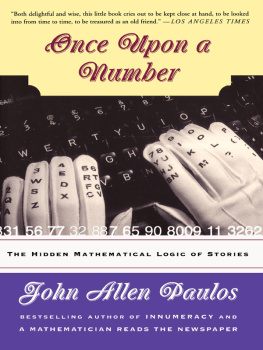
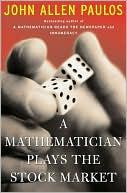
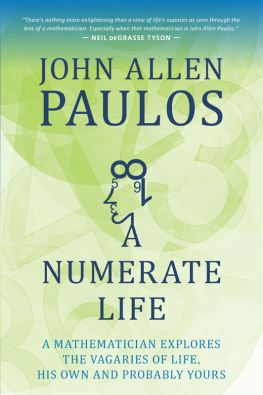
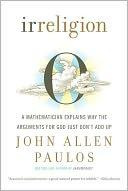
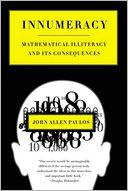


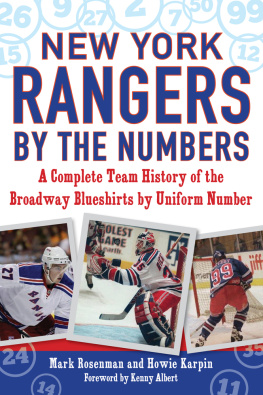
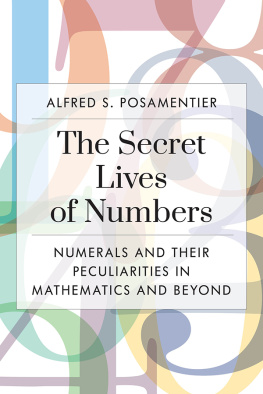

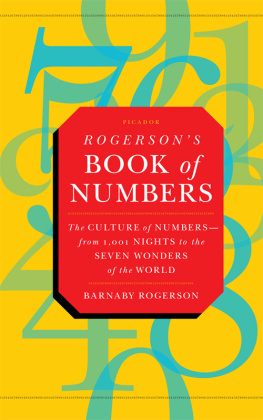
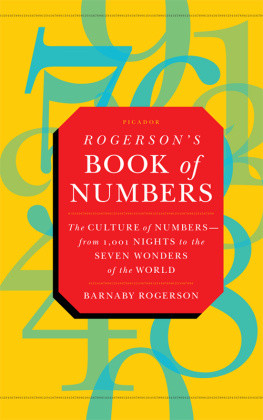

 po
po r
r
 ntroductio
ntroductio T HIS FAINT CHUCKLE she turned and faced her once-beloved uncle. Unceremoniously she ripped the papers from the pocket of his Hawaiian shirt as he nervously backed away toward the hotel room door, and with unmitigated disgust at both his blubber and his duplicity she hissed, Twenty-two point eight percent of all bankruptcies filed between July 1995 and June 1997 were attributed to bad legal advice, up nine point two percent over the last biennial period.
T HIS FAINT CHUCKLE she turned and faced her once-beloved uncle. Unceremoniously she ripped the papers from the pocket of his Hawaiian shirt as he nervously backed away toward the hotel room door, and with unmitigated disgust at both his blubber and his duplicity she hissed, Twenty-two point eight percent of all bankruptcies filed between July 1995 and June 1997 were attributed to bad legal advice, up nine point two percent over the last biennial period.